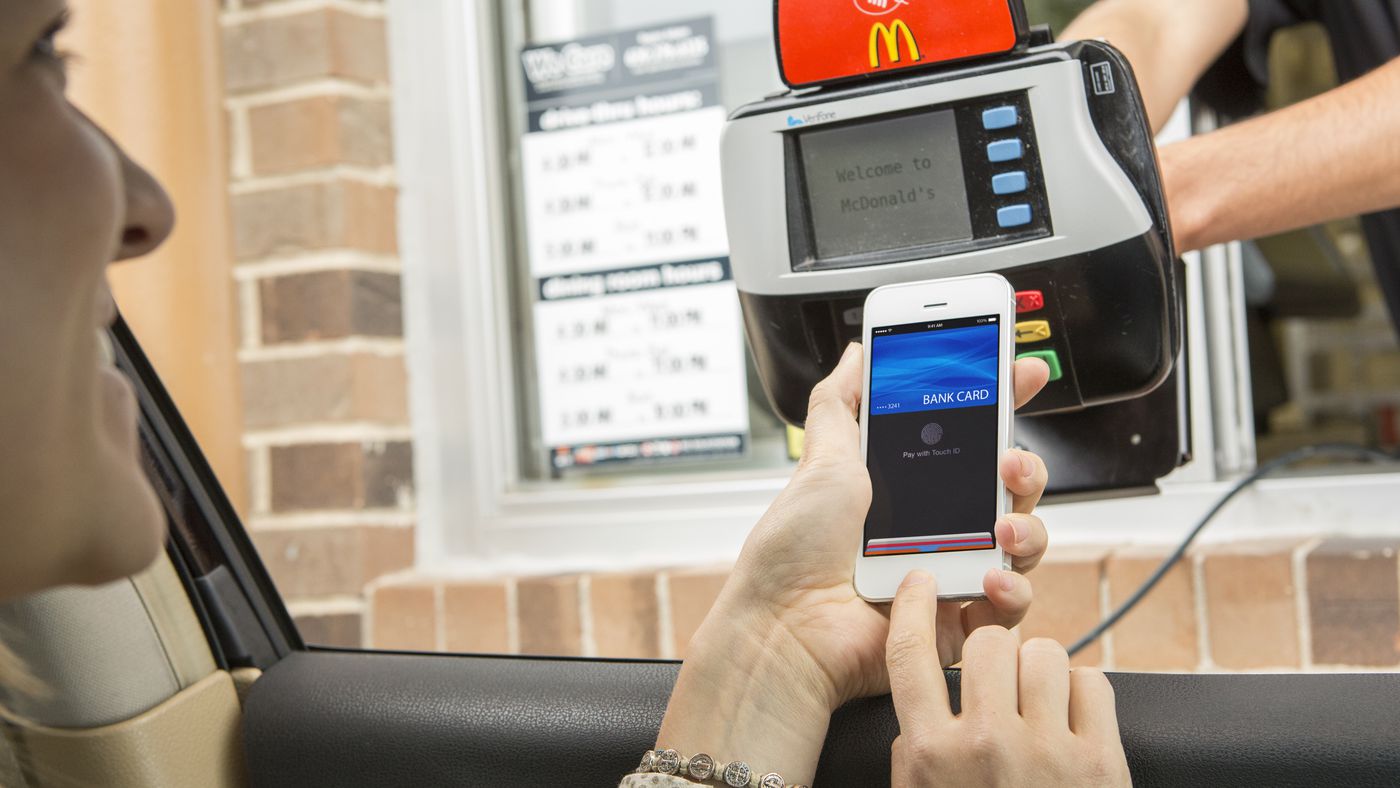In recent years, wearable technology has revolutionized the healthcare landscape, offering new avenues for monitoring, diagnosing, and managing various health conditions. Among these innovations, CVS (Cardiovascular System) wearable devices have emerged as powerful tools for tracking cardiovascular health metrics, providing real-time insights, and empowering individuals to take proactive steps towards heart health. In this article, we delve into the evolution, capabilities, applications, and implications of CVS wearable devices, exploring their potential to transform cardiovascular care and improve patient outcomes.
Understanding CVS Wearable Devices:
CVS wearable devices encompass a range of wearable technologies designed to monitor and track cardiovascular health parameters, including heart rate, blood pressure, electrocardiogram (ECG) signals, activity levels, and sleep patterns. These devices leverage sensors, algorithms, and connectivity features to collect physiological data continuously or intermittently, enabling users to monitor their cardiovascular health in real-time and share relevant information with healthcare providers.
Evolution of CVS Wearable Technology:
The evolution of CVS wearable technology has been driven by advancements in sensor technology, miniaturization, battery life, connectivity, and data analytics. Early CVS wearable devices primarily focused on basic metrics such as heart rate and activity levels, utilizing wrist-worn devices or chest straps to monitor physiological parameters during physical activity or exercise. Over time, the integration of advanced sensors, such as photoplethysmography (PPG) and accelerometers, has enabled CVS wearables to provide more accurate and comprehensive data on cardiovascular health.
Key Features and Capabilities:
Modern CVS wearable devices offer a wide range of features and capabilities to monitor and manage cardiovascular health effectively:
- Heart Rate Monitoring: CVS wearables employ optical sensors or ECG electrodes to monitor heart rate continuously throughout the day, providing insights into resting heart rate, heart rate variability (HRV), and changes in heart rate during physical activity or stress.
- Blood Pressure Monitoring: Some CVS wearables incorporate blood pressure monitoring capabilities, utilizing optical sensors or inflatable cuffs to measure systolic and diastolic blood pressure non-invasively. Continuous blood pressure monitoring enables users to track fluctuations in blood pressure and identify potential hypertension risk factors.
- ECG Monitoring: Advanced CVS wearables feature built-in ECG sensors that capture electrical signals from the heart, enabling users to perform on-demand electrocardiograms and detect abnormalities such as atrial fibrillation (AFib), arrhythmias, or ST-segment changes indicative of ischemia.
- Activity Tracking: CVS wearables track physical activity levels, steps taken, distance traveled, and calories burned using built-in accelerometers and motion sensors. Activity tracking features encourage users to maintain an active lifestyle and achieve recommended exercise goals for cardiovascular health.
- Sleep Monitoring: Some CVS wearables offer sleep monitoring capabilities, tracking sleep duration, sleep stages, and sleep quality based on movement patterns and heart rate variability. Sleep monitoring features provide insights into sleep patterns and identify potential sleep disturbances that may affect cardiovascular health.
Applications in Healthcare:
CVS wearable devices have diverse applications in healthcare, spanning preventive care, disease management, remote patient monitoring, and clinical research:
- Preventive Care: CVS wearables enable individuals to proactively monitor their cardiovascular health, track risk factors, and adopt healthy lifestyle behaviors to prevent the onset of cardiovascular disease. By providing real-time feedback and actionable insights, wearables empower users to make informed decisions about diet, exercise, and stress management to maintain heart health.
- Disease Management: CVS wearables support the management of chronic cardiovascular conditions such as hypertension, atrial fibrillation, and heart failure by monitoring key physiological parameters, detecting abnormalities, and alerting users to potential health risks. Wearables facilitate early detection of cardiac events, medication adherence, and communication with healthcare providers for timely intervention and treatment adjustment.
- Remote Patient Monitoring: CVS wearables enable remote monitoring of patients with cardiovascular conditions, allowing healthcare providers to track vital signs, medication adherence, and disease progression outside of traditional clinical settings. Remote patient monitoring facilitates personalized care, reduces hospital readmissions, and improves patient outcomes by enabling proactive intervention and timely adjustments to treatment plans.
- Clinical Research: CVS wearable devices are increasingly used in clinical research studies to collect real-world data on cardiovascular health, assess the efficacy of interventions, and validate the accuracy of wearable sensors compared to standard clinical measurements. Wearable-based research studies contribute valuable insights into disease mechanisms, treatment outcomes, and population health trends, driving advancements in cardiovascular care.

Implications for Healthcare Providers and Patients:
The widespread adoption of CVS wearable devices has significant implications for healthcare providers, patients, and healthcare systems:
- Empowering Patients: CVS wearables empower patients to take an active role in managing their cardiovascular health, fostering self-awareness, engagement, and accountability for health-related behaviors. By providing real-time feedback and personalized insights, wearables motivate patients to adopt healthy lifestyle changes and adhere to treatment plans, leading to improved health outcomes.
- Enhancing Care Delivery: CVS wearables enable healthcare providers to deliver more personalized and proactive care by leveraging real-time data and insights from wearable sensors. Wearables facilitate remote patient monitoring, early detection of health issues, and timely intervention, reducing the burden on healthcare systems and improving the efficiency of care delivery.
- Facilitating Shared Decision-Making: CVS wearables promote shared decision-making between patients and healthcare providers by facilitating communication, collaboration, and mutual goal-setting. Wearable-generated data provide objective metrics for assessing treatment efficacy, monitoring progress, and adjusting care plans based on individual patient needs and preferences.
- Addressing Healthcare Disparities: CVS wearables have the potential to address healthcare disparities by increasing access to preventive care, monitoring, and disease management tools for underserved populations. Wearable technology bridges geographical barriers, expands healthcare access, and empowers individuals to participate actively in their own health and well-being.
Future Directions and Challenges:
Looking ahead, the future of CVS wearable technology holds promise for further innovation, integration, and impact in cardiovascular care. Key areas for future development and research include:
- Advanced Sensor Technology: Continued advancements in sensor technology, including miniaturization, power efficiency, and multi-modal sensing capabilities, will enhance the accuracy, reliability, and usability of CVS wearables for cardiovascular monitoring.
- Artificial Intelligence and Data Analytics: Integration of artificial intelligence (AI) and machine learning algorithms will enable CVS wearables to analyze complex physiological data, detect subtle patterns, and provide personalized insights and recommendations for cardiovascular health management.
- Seamless Integration with Healthcare Ecosystem: Integration of CVS wearables with electronic health records (EHRs), telehealth platforms, and healthcare analytics systems will facilitate seamless data exchange, interoperability, and integration into clinical workflows for improved care coordination and decision-making.
- Addressing Privacy and Security Concerns: As CVS wearables collect sensitive health data, addressing privacy, security, and data governance concerns is paramount to ensure patient confidentiality, data integrity, and regulatory compliance. Robust data encryption, authentication mechanisms, and privacy policies are essential to protect patient information and build trust in wearable technology.
Conclusion:
CVS wearable devices represent a paradigm shift in cardiovascular care, offering unprecedented opportunities to monitor, manage, and optimize heart health in real-time. By leveraging advanced sensors, data analytics, and connectivity features, CVS wearables empower individuals to take control of their cardiovascular health, engage in preventive care, and collaborate with healthcare providers for personalized interventions and treatment plans. As wearable technology continues to evolve, the integration of CVS wearables into routine clinical practice holds promise for improving patient outcomes, reducing healthcare costs, and advancing the field of cardiovascular medicine towards a future of proactive, personalized, and precision-based care.



